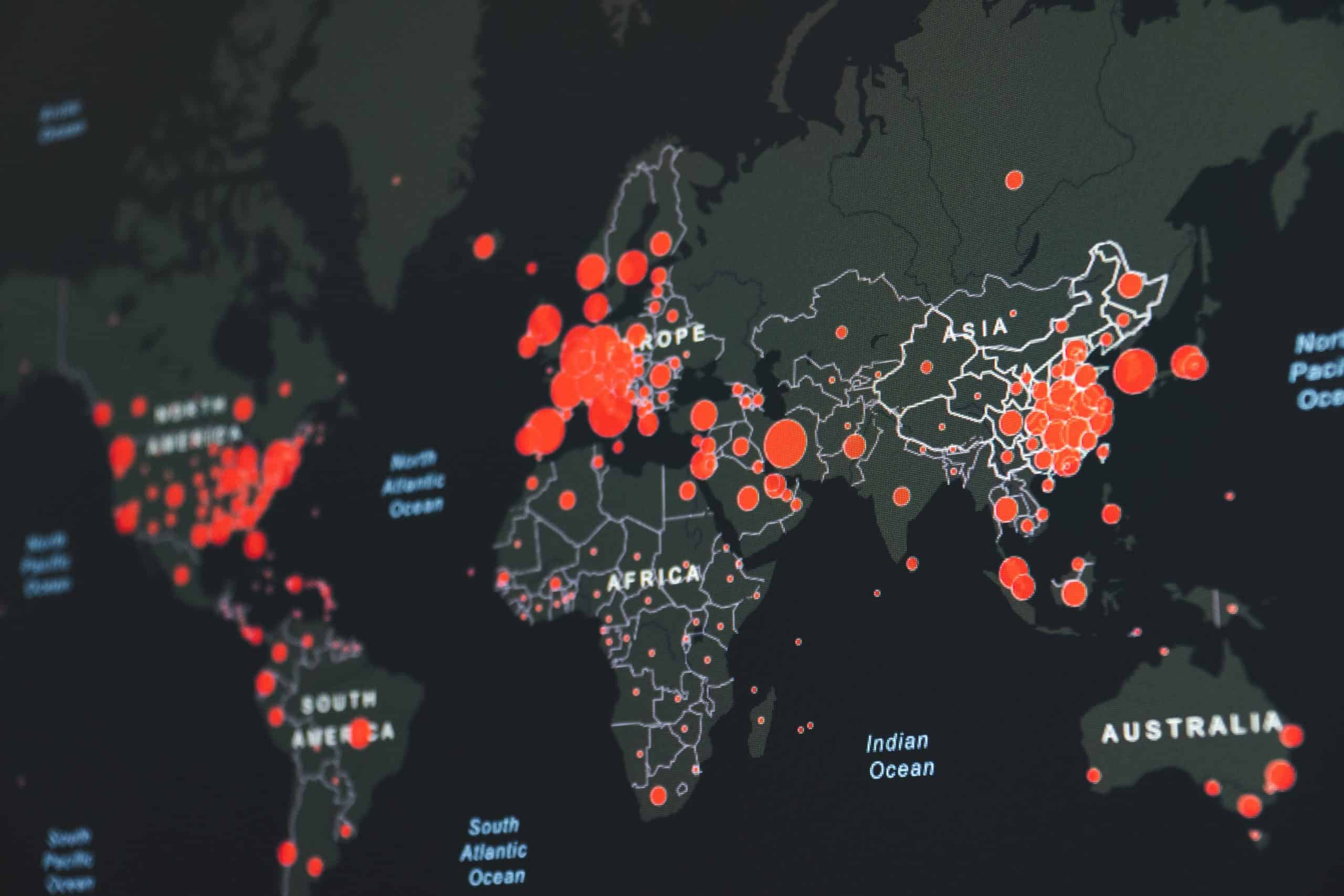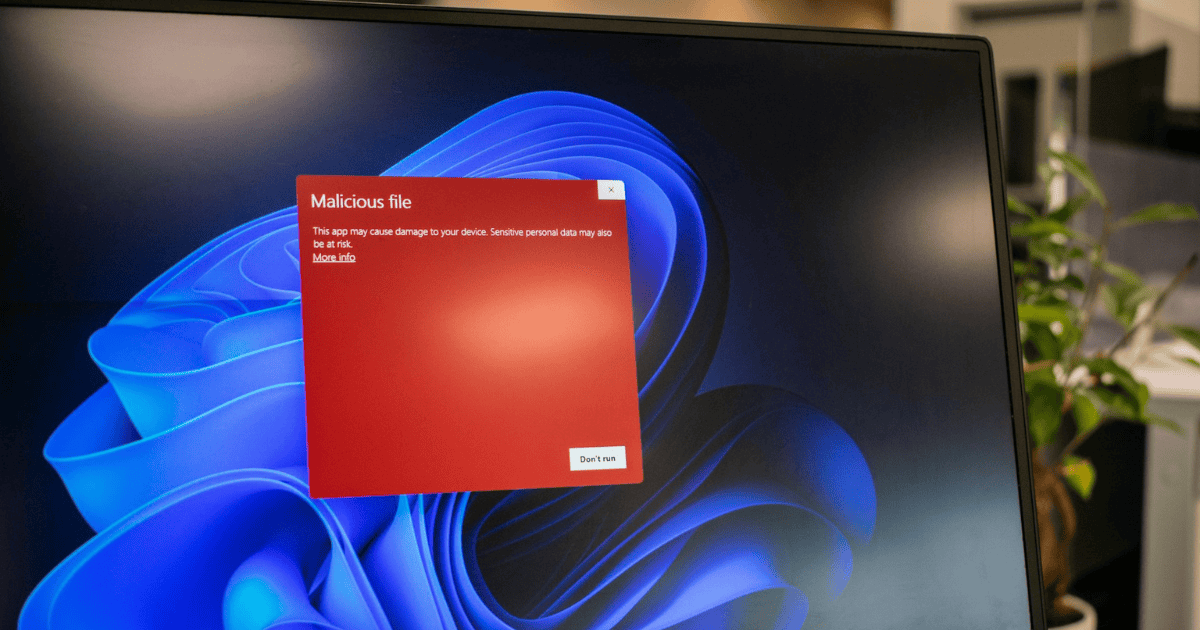Last Updated on 22 February 2024 by Alastair Digby
Since 2022 attack surface management has become widely recognised as being an established component in modern cybersecurity programs. This trend was mirrored by numerous reports from the likes of Gartner and Forrester highlighting the rapid rate of adoption of attack surface management solutions. Notably, Gartner’s annual Top Security and Risk Management Trends for 2022 report listed attack surface expansion in the number one slot.
To address the growing concern of attack surface expansion CISOs need to adapt and evolve their cybersecurity strategies in line with relevant and emerging threats. This article provides a guide for CISOs on attack surface expansion, including an analysis of why attack surfaces continue to grow rapidly and the essential technology components for handling this expansion.
Table of Contents
Why Are Attack Surfaces Expanding?
Complexity and increased interconnectedness underpin the security trend that sees an increase in the number of possible entry points for unauthorized access into systems and environments. It’s worth diving deeper into the more tangible business changes that are driving attack surface expansion through complexity and interconnectedness.
Multi-cloud strategies
Most businesses use at least one cloud service provider, but it’s even more common for companies to adopt multi-cloud strategies and use several different providers. Cloud use cases differ widely, and some vendors may be more suitable for meeting specific needs.
Multi-cloud strategies increase attack surface expansion by paving the way for more entry points into your environment. User accounts for SaaS applications can be compromised and result in sensitive data access or malware uploads. Misconfigurations in cloud platforms and infrastructure can leave cloud databases unprotected or allow outsiders into development environments. All of these cloud assets fall outside the traditional network perimeter, often in Internet-facing public cloud systems.
Beyond the obvious complexity at play here, interconnectedness comes in the form of APIs that allow different apps and services to communicate within this multi-cloud ecosystem. APIs further increase the attack surface because not only do they link everything up, but threat actors can interact with them and attempt to exploit their often weak security.
Remote work support
At the height of the pandemic, 85 percent of CISOs admitted sacrificing cybersecurity to quickly support remote workers. The new normal for most businesses is a hybrid workforce where employees have the flexibility to combine office days with WFH arrangements. While most CISOs have since made efforts to improve the security of remote work infrastructure, there is no getting around the inevitable attack surface expansion at play.
Most pertinently, there are thousands of new devices to account for, each presenting a potential new entry point for hackers to exploit. Furthermore, businesses need to rely on their employees closely adhering to remote work security policies; any deviations, such as connecting to corporate systems on unsecured Wi-Fi, can be taken advantage of.
Poor visibility and incomplete asset inventories hinder the ability to manage the attack surface growth introduced by hybrid workforces. You can’t protect what you can’t see.
Modern software development practices
Modern development practices emphasize the need to quickly produce high-quality code. CI/CD pipelines call for a constant flow of new updates and streamlined SDLC achieved through automation. These cultural changes lead to attack surface expansion in several ways.
Most notably, developers favor the use of third-party libraries and frameworks in the web apps that they then spin up on cloud infrastructure. The need for speed influences decision-making here because it doesn’t make sense to code something from scratch when that functionality is available from a third-party source for free.
Much of this third-party code is open source and potentially vulnerable, depending on where it’s sourced from. Attackers constantly trawl the Internet looking for apps running vulnerable open source components, which can provide an entry point into that app and your wider environment. With proprietary codebases often containing hundreds of open source components, this complex software supply chain expands the attack surface, particularly when it goes unchecked.
Implications of Attack Surface Expansion
Increased Vulnerabilities and Entry Points
With a larger attack surface, the number of potential vulnerabilities and entry points for attackers also increases. This can lead to a higher likelihood of successful cyberattacks, data breaches, and other security incidents.
Complex Network Interactions
A growing attack surface often results in intricate network interactions that can be difficult to monitor and secure. The interconnectedness of various systems and devices amplifies the potential impact of a breach.
Regulatory and Compliance Challenges
Attack surface expansion can complicate regulatory compliance efforts. CISOs must ensure that all new assets and technologies adhere to relevant cybersecurity regulations and standards.
The Role of a CISO in Managing Attack Surfaces
Risk Assessment and Analysis
CISOs must conduct regular risk assessments to identify and prioritize potential vulnerabilities within the expanded attack surface. This process involves evaluating the potential impact and likelihood of various threats.
Implementing Proactive Security Measures
To effectively manage attack surfaces, CISOs should adopt proactive security measures such as robust access controls, encryption, and multi-factor authentication. These measures help reduce the overall attack surface and enhance the organization’s security posture.
Collaboration with Cross-Functional Teams
Managing attack surfaces requires collaboration with IT, development, and business teams. CISOs should foster a culture of security awareness and ensure that security considerations are integrated into every stage of the technology lifecycle.
3 Important Solutions for Handling Attack Surface Expansion
The Gartner press release that announced its 2022 security and risk management trends alluded to three technologies and solutions that will, “support CISOs in visualizing internal and external business systems, automating the discovery of security coverage gaps”. Among the acronym overload that muddies the waters in terms of understanding cybersecurity solutions, let’s now dive into these technologies and their actual use in helping your business handle attack surface expansion.
Digital Risk Protection Services (DRPS)
Digital risk protection services are a type of managed security solution that provide advanced threat detection in shielding internal resources from external threats. The typical DRPS offering leverages machine learning, automation, and human expertise to augment existing threat intelligence solutions and workflows.
A key element of DRPS is its reach in terms of the kinds of attack surface threats it focuses on. These threats include fraud campaigns, brand compromise, account impersonations, and even social media channel threats. The managed elements will also include experts scouring the deep and dark web for data leaks and other Internet-based threats to businesses.
DRPS solutions need to be able to map out a footprint of all assets in the environment to help monitor for exposure and reduce your attack surface, including shadow IT assets. This capability can come from dedicated EASM solutions, or the DRPS platform might just use an attack surface monitoring engine to monitor for changes and misconfigurations in key assets.
External Attack Surface Management (EASM)
External attack surface management solutions provide full-suite capabilities for managing the external-facing attack surface that poses the most risk to business networks, apps, and data today. These capabilities include attack surface discovery, asset inventory, classification, prioritization, and continuous monitoring.
A crucial appeal of EASM platforms is getting an attacker’s view of your external attack surface. By discovering all Internet-facing assets and viewing your attack surface in the way an attacker sees it, you can prioritize fixing the weaknesses and vulnerabilities that outsiders are most likely to exploit or that will present the most danger.
Cyber Asset Attack Surface Management (CAASM)
There are now dedicated cyber asset attack surface management (CAASM) platforms, a term which, on the face of it, sounds suspiciously similar to EASM. However, there are differences between the two, and one is not necessarily a replacement for the other.
You can think of CAASM as focusing specifically on consolidating your view into the cybersecurity assets in your infrastructure. Typically, aggregated asset data comes from API integrations with existing tools and platforms in your technology stack. These integrations include the things you’d expect, such as cloud service providers, SaaS applications, code repositories, and identity providers. But there are usually also integrations with EASM, SIEM, and other security solutions.
You can also run queries on the consolidated data to better understand the more complex relationship between digital assets that result from increased interconnectivity. While CAASM is an emerging tool that can prove very useful in managing your digital attack surface, its utility largely depends on the data it receives. Without feeding information from an EASM solution, you are likely to have gaps in your consolidated asset view that don’t fully account for the breadth of your external attack surface.
What Solutions Should CISOs Choose to Manage to Attack Surface Expansion?
If there’s any takeaway message from the methods Gartner proposes for dealing with attack surface expansion, it’s that standalone solutions won’t suffice. While it’s clear that some of the capabilities and functionalities of DRPS, EASM, and CAASM overlap, it makes more sense to view their combined implementation as a roadmap towards arguably today’s most pressing cybersecurity concern—attack surface expansion.
Informer’s approach to external attack surface management concentrates on helping you discover your external attack surface in minutes so you can start reducing your cyber risk as quickly as possible. Automated discovery and continuous monitoring help to keep pace with dynamic and ever-expanding attack surfaces. It helps CISOs to manage attack surface expansion by visualizing digital assets in a real time asset inventory, connect to cloud public-facing cloud services and access real-time vulnerability findings.
Frequently Asked Questions
Why is understanding attack surface expansion important?
Understanding attack surface expansion is crucial because it helps organizations identify and mitigate potential security risks. By being aware of how their attack surface is expanding, organizations can take proactive measures to reduce vulnerabilities and strengthen their security defenses.
What are the common causes of attack surface expansion?
Attack surface expansion can occur due to various factors. These include adding new software components or services without assessing their security implications, integrating third-party libraries or dependencies that may introduce vulnerabilities, implementing new features or functionality without considering their impact on security, expanding the network infrastructure without implementing appropriate security controls, and failing to regularly update and patch software, leaving known vulnerabilities unaddressed.
What are the risks associated with attack surface expansion?
Attack surface expansion increases the potential attack vectors for malicious actors, raising the overall risk of security breaches. The risks associated with attack surface expansion include a higher likelihood of successful attacks, difficulty in maintaining security across the expanded surface, and increased cost and effort for vulnerability management.
What are some best practices to prevent attack surface expansion?
Some best practices to prevent attack surface expansion include conducting thorough security assessments before adding new components or features, employing a comprehensive change management process that includes security reviews, implementing strong access controls and authentication mechanisms to limit unauthorized access, regularly updating and patching software and systems to address known vulnerabilities, applying the principle of least privilege by granting only necessary permissions to users and services, regularly reviewing and auditing third-party dependencies and removing unnecessary ones, and implementing network segmentation to separate critical systems from less secure areas.





